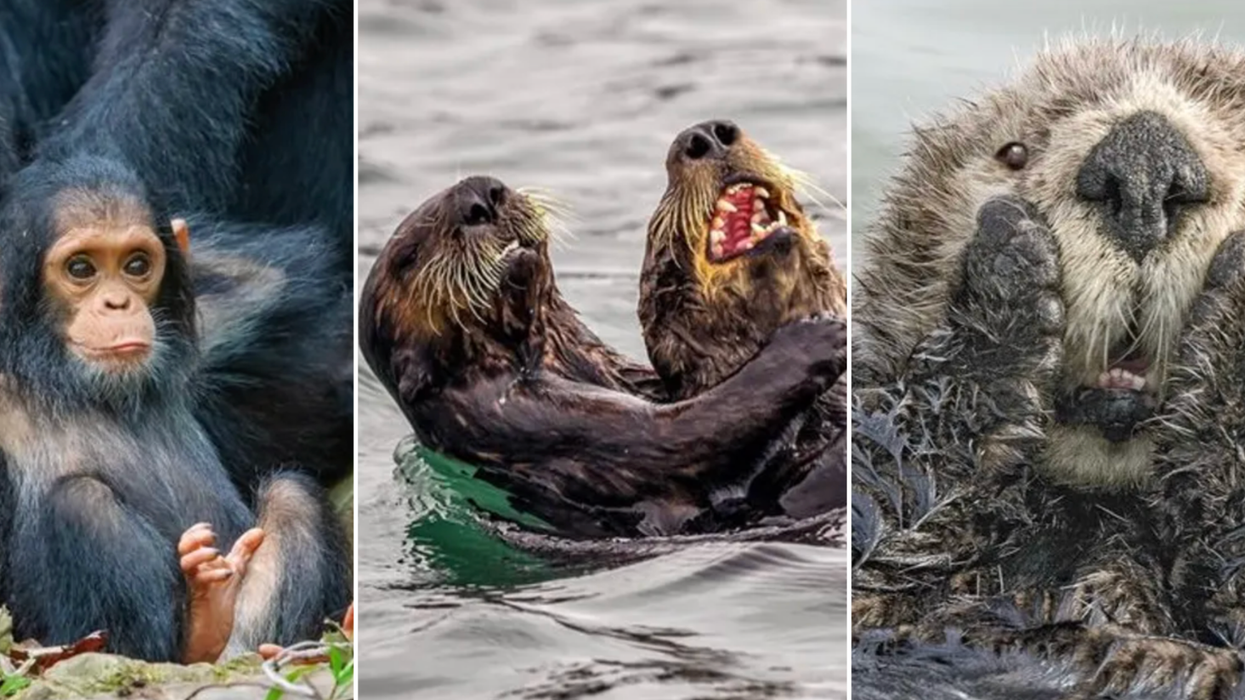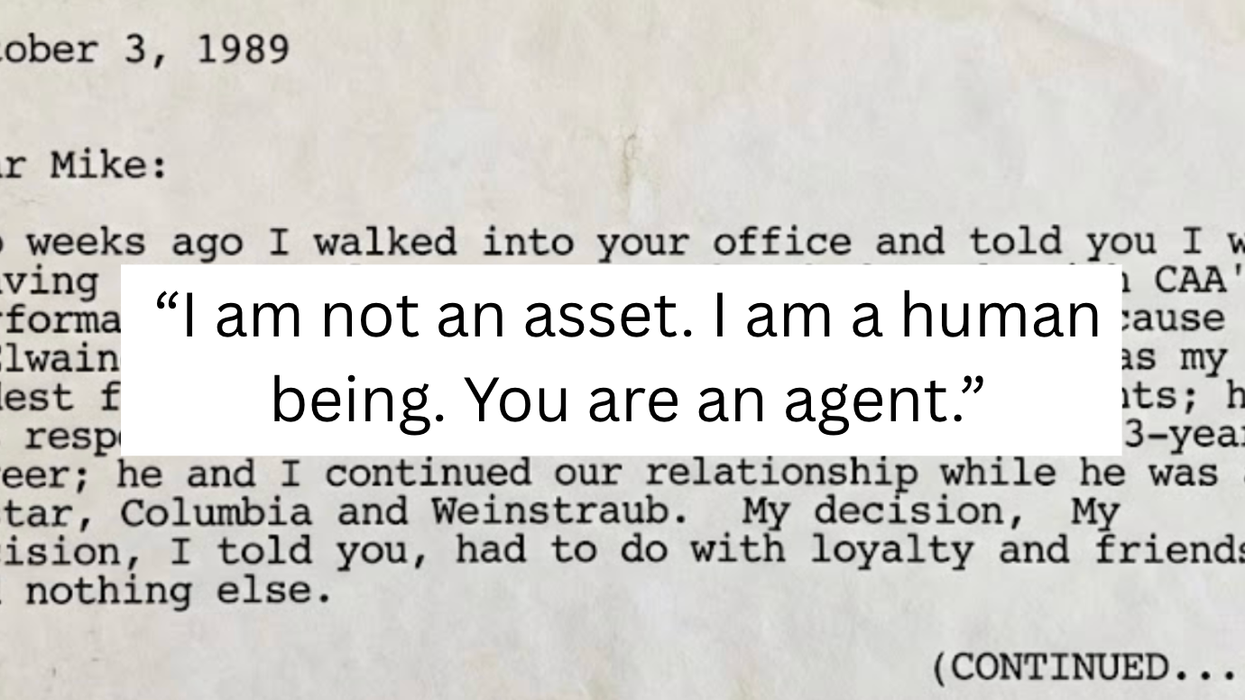Things are easier said than done, or so the old adage goes, and we couldn't agree more. That's why we do The GOOD 30-Day Challenge (#30DaysofGOOD), a monthly attempt to live better. Our challenge for December? Creative microphilanthropy.
Though Darwin is most widely known for popularizing the “survival of the fittest,” that was actually only half of his view on human nature. Twelve years after publishing On the Origins of Species, he wrote Descent of Man, in which he argued that “our regard for the approbation and disapprobation of our fellows depends on sympathy, which, as we shall see, forms an essential part of the social instinct, and is indeed its foundation-stone.”
How about that? Even Darwin believed that human beings are instinctually social and sympathetic. Perhaps it’s society’s hardening effects that condition us to stop obeying our most basic instincts to empathize, share, and act on behalf of others. That's why kids are such great teachers and benefactors of creative microphilanthropy. Over the years, many of the “secret agents” of The Secret Society for Creative Philanthropy have created awesome projects that engage kids in some way.
Though Dave is now a television producer, he used to be a preschool teacher, and he never quite lost his love of little artists. His act of creative microphilanthropy involved buying pieces of art created by children from Etsy. As he put it, “Damien Hirst’s formaldehyde floating shark sold for $8 million dollars and a Giacometti statue went for $104 million. An abstract watercolor by the artist simply know as Hallie cost me $15, and with $4 shipping, a total of $19. Hallie is 6 years old and her favorite color is rainbow.” When Dave’s pieces came in the mail, they were accompanied by notes from the artists themselves, each expressing how much the support of a benefactor meant to them and promising to keep on painting.
Sanda provided $1 bills (“dollars for doers”) to kick off a Kindness Campaign at an urban middle school. “Samaritan Scouts” who witnessed random acts of kindness wrote up short reports in exchange for dollars, which they gave to the do-gooders for use at the school store. These incidents were displayed in a large-scale, student-designed exhibit called “Caught in the Act of Kindness,” that was featured in a central area of the school.
Noah, a teacher himself, decided to use his money for supplies—notebooks, pens, and Happy Meals—for a writing group comprised of two of his students. They met every single Saturday for a whole year to write together. Then Noah decided it was time for him to gift Enry and Eric, the budding writers, with their own money to give away. Take a look at the video they made about their struggles with twin creative struggles: writing and philanthropy.
[youtube]https://www.youtube.com/watch?v=-SB4aa9_Bn8
So whether you’re an educator, or just someone who realizes that kids are both wise and fun to be around, consider meeting this month’s GOOD 30-Day Challenge with the help of some ingenious, inspirational minors.
Photo via (cc) Flickr user Seattle Municipal Archives
















 Otis knew before they did.
Otis knew before they did.